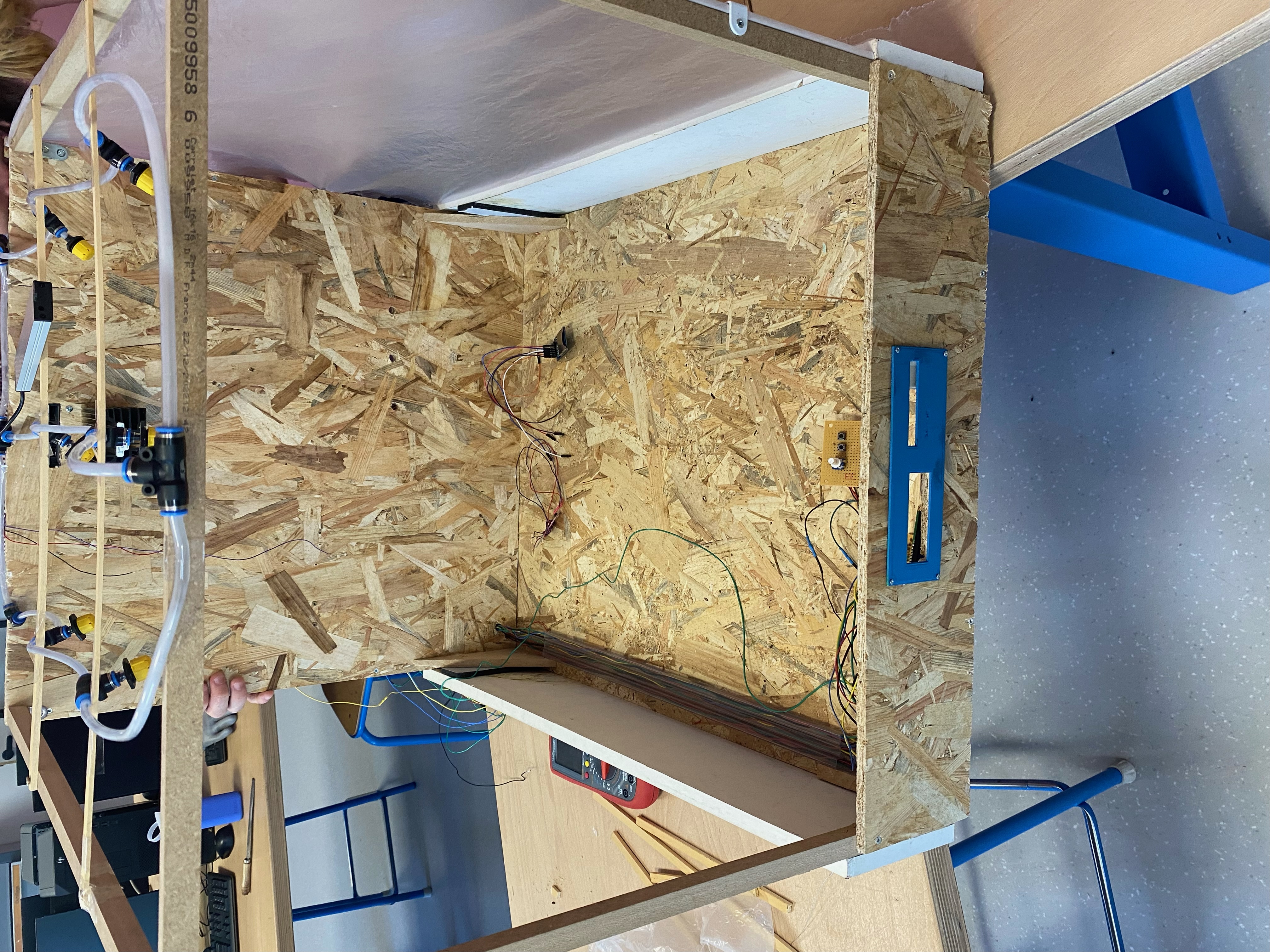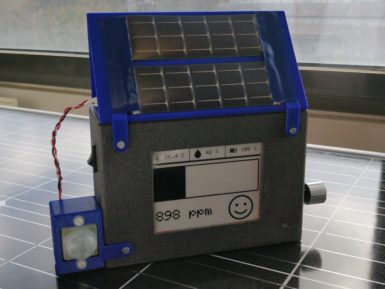
Gravity: 27 Pcs Sensor Set for Arduino
Sold outExcellent bundle with some of the most popular sensors: start measuring light, gas, sound, touch, distance and many other things!
Overview
- Relay Module V2
- Digital RED LED Light Module
- Digital White LED Light Module
- Digital Green LED Light Module
- Digital Blue LED Light Module
- Analog Grayscale Sensor
- LM35 Analog Linear Temperature Sensor
- Analog Ambient Light Sensor
- Digital Vibration Sensor
- Digital Tilt Sensor
- Digital Push Button
- Capacitive Touch Sensor
- Digital magnetic sensor
- Analog Sound Sensor
- Analog Carbon Monoxide Sensor (MQ7)
- Analog Voltage Divider
- Piezo Disk Vibration Sensor
- Analog Rotation Sensor V2
- Joystick Module
- Flame sensor
- Triple Axis Accelerometer MMA7361
- Digital Infrared motion sensor
- Sharp GP2Y0A21 Distance Sensor (10-80cm)(3.94-31.50")
- Soil Moisture Sensor
- Digital Push Button (Red)
- Digital Push Button (White)
- Steam Sensor
The wiki for these sensors and devices makes it easy to start learning. So save by purchasing them together and start experimenting now!
Get Inspired

Just a simple and enjoyable autonomous greenhouse

Humans are animals and like all animals, we evolved in mostly outdoor conditions where the air is nice and fresh. But modern society keeps most of us indoors the vast majority of the time, which could have negative health effects. There are many potential hazards, including a lack of sunlight and psychological effects, but CO2 may pose a more tangible risk. To keep tabs on that risk within classrooms, a team from Polytech Sorbonne built this small CO2 monitor. This CO2 monitor performs two functions: it shows anyone nearby the CO2 levels in the area and it uploads that data over LoRaWAN to a central hub that can track the levels across many locations. A school could, for example, put one of these CO2 monitors in every classroom. An administrator could then see the CO2 levels in every room in real time, along with historical records. That would alert them to immediate dangers and to long term trends. At the heart of this CO2 monitor is an Arduino MKR WAN 1310 development board, which has built-in LoRa® connectivity. It uses a Seeed Studio Grove CO2, temperature, and humidity sensor to monitor local conditions. To keep power consumption to a minimum, the data displays on an e-ink screen and an Adafruit TPL5110 timer only wakes the device up every ten minutes for an update. Power comes from a lithium-ion battery pack, with a DFRobot solar charger topping up the juice. It uploads data through The Things Network to a PlatformIO web interface. An Edge Impulse machine learning model detects anomalies, so it can sound a warning even if nobody is watching. The enclosure is 3D-printable.








